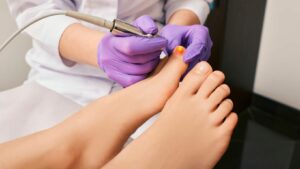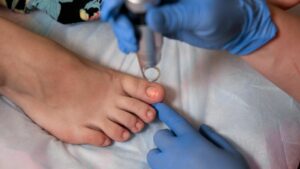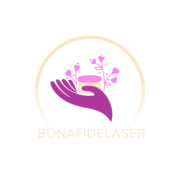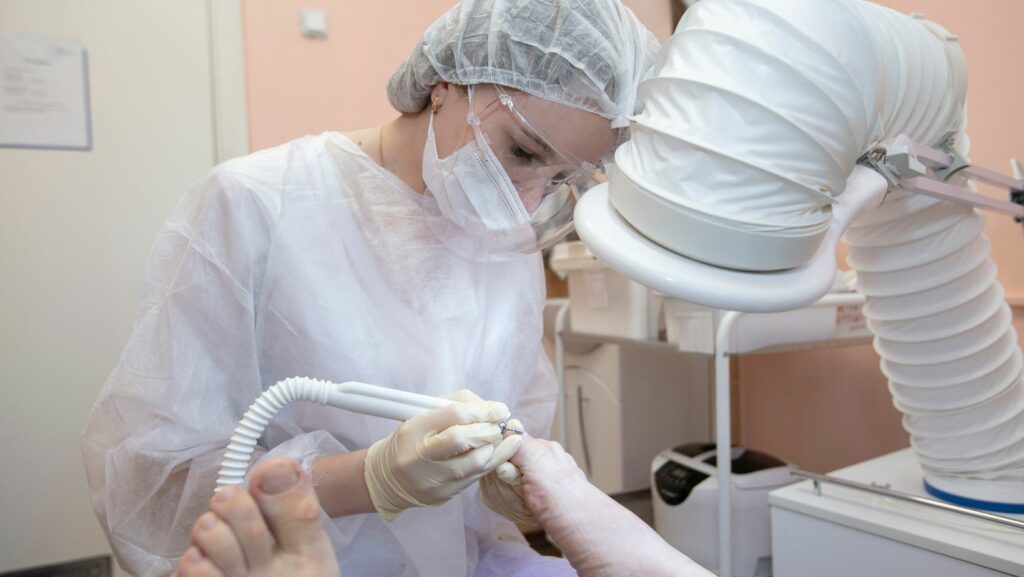Laser Treatment Toenail Fungus
Laser treatment offers a modern approach to addressing toenail fungus, also known as onychomycosis. It involves using focused light to target and eliminate fungal pathogens without affecting the surrounding tissue. The treatment uses a specific wavelength of light to penetrate the nail and reach the infected area. This concentrated light generates heat, which eradicates the fungus. The procedure is usually quick, taking about 30 minutes per session, and typically requires multiple sessions for optimal results. Unlike oral medications, laser treatment bypasses systemic absorption, minimizing potential side effects and interactions. 
Different types of lasers are utilized based on the severity and characteristics of the fungal infection. Common options include:
- Nd:YAG Laser: Emits a wavelength of 1064 nm, effectively penetrating the nail to target deep-seated fungal colonies.
- Diode Laser: Known for efficiency and safety, this laser operates at lower energy levels to reduce discomfort while treating superficial infections.
- CO2 Laser: Often used for vaporizing infected nail layers, it provides direct access to subungual areas, though typically reserved for severe cases.
Selecting the appropriate laser depends on specific patient needs and clinical assessments, ensuring personalized and effective treatment.
![]() Benefits of Laser Treatment for Toenail Fungus
Benefits of Laser Treatment for Toenail Fungus
Laser treatment offers various advantages for addressing toenail fungus, presenting an alternative to conventional methods. Laser treatment targets fungal infections precisely, leading to a higher success rate compared to topical antifungals and oral medications. Many individuals notice significant improvement in nail appearance after a few sessions. Clinical studies demonstrate that laser therapy effectively reduces fungal burden, fostering healthier nail growth. Unlike surgical options, laser treatment for toenail fungus remains non-invasive, making it suitable for individuals seeking minimal discomfort. The procedure involves no anesthesia or incisions, reducing risks associated with surgical interventions. Patients typically experience little to no pain during sessions, aiding in a swift recovery. Treatment duration for laser therapy varies, generally requiring three to four sessions for optimal results. Each session takes about 30 minutes, depending on the number of nails affected. With minimal time commitment, laser treatments cater to busy schedules, allowing patients to maintain daily routines without disruption.
Laser treatment toenail fungus is generally safe, but some potential risks and side effects exist. Mild discomfort or a warming sensation might occur during the procedure. This usually subsides quickly after the session. Redness or swelling around the treated area can sometimes be noticed, though these effects are temporary and typically resolve within a few days. Another consideration is the possibility of temporary changes in nail color or structure. These alterations are usually superficial and fade as the nail grows out. In rare cases, infection or nail damage might occur if improper techniques are used. Ensuring a certified and experienced practitioner conducts the procedure minimizes these risks.
Effectiveness varies among individuals, requiring multiple sessions for optimal results. This may lead to increased costs and time investment. Patients with certain health conditions, such as peripheral neuropathy or circulatory issues, should consult a healthcare provider before undergoing laser treatment to prevent complications.
![]() Comparing Laser Treatment with Other Methods
Comparing Laser Treatment with Other Methods
Laser treatment toenail fungus is gaining attention as an alternative to traditional methods. Comparing laser treatment with topical treatments and oral medications highlights their unique advantages and limitations.
Topical treatments often involve antifungal creams or nail lacquers applied directly to the affected area. These products aim to impede fungal growth by penetrating the nail surface. However, their effectiveness is often limited, as nails can act as barriers, preventing adequate absorption. Treatment duration can extend over several months, with a success rate that can be inconsistent. Compared to topical treatments, laser treatment offers a more direct approach by targeting the fungus beneath the nail without reliance on surface penetration.
Oral medications, such as terbinafine and itraconazole, are systemic treatments that offer a higher success rate than topical solutions. By circulating through the bloodstream, these drugs attack fungal infections from within. Nevertheless, oral antifungals can cause side effects, ranging from skin rashes to liver damage. They require careful monitoring by healthcare providers. Laser treatment avoids systemic side effects as it focuses only on the infected area. Though more costly, laser options minimize health risks and offer an appealing alternative for individuals unable to tolerate oral medications.

